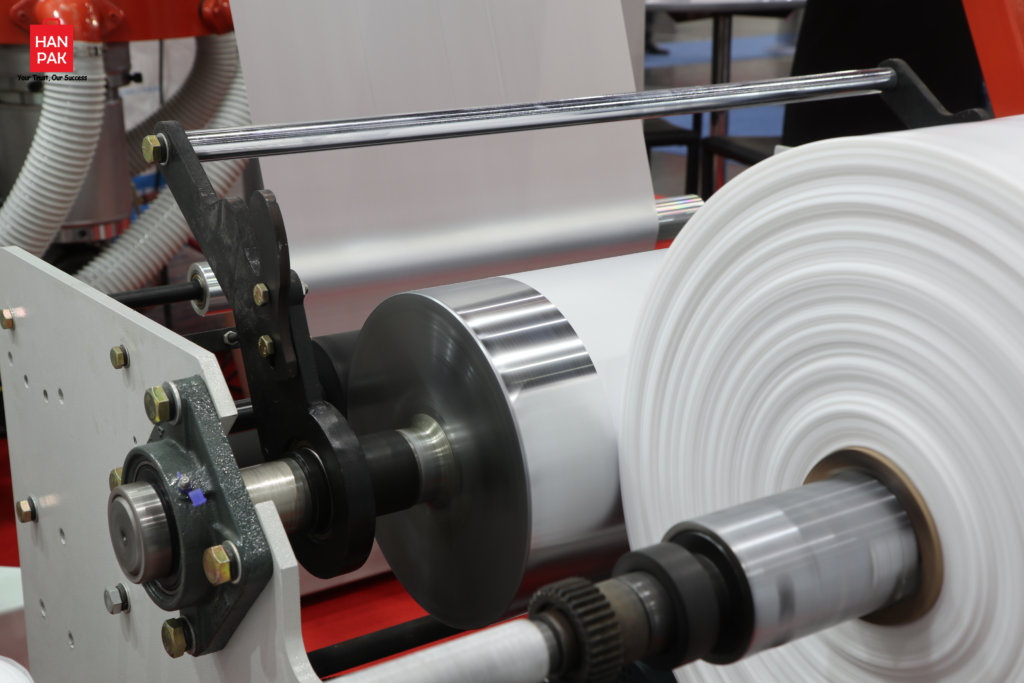Poly wicket bags are widely used in industries like food packaging, retail, and more. These bags are known for their durability and convenience, making them a popular choice. But have you ever wondered how these bags are made? In this article, we’ll walk through the poly wicket bag production process in a way that’s easy to understand.
What Are Poly Wicket Bags?
Before diving into the manufacturing process, let’s quickly explain what poly wicket bags are. These are plastic bags that come in stacks, held together by metal or plastic wickets. The wickets make it easy to place the bags onto machines for quick filling and sealing, making them great for use in factories or stores.

Step 1: Raw Material Selection
The first step in plastic bag making is selecting the right material. Poly wicket bags are made from polyethylene, a type of plastic that is flexible yet strong. Polyethylene is chosen because it can hold different items like food or small goods without tearing easily. This plastic is also safe for food packaging, making it a popular choice in the industry.

Step 2: Extrusion Process
Once the raw material is ready, the next step in poly wicket bag production is extrusion. In this stage, the polyethylene is heated until it melts. The melted plastic is then pushed through a machine called an extruder. The extruder shapes the plastic into thin, flat sheets, which will later be turned into bags.
The extruder plays an important role because it ensures the plastic has the right thickness. This is key for creating bags that are both durable and easy to handle.
Step 3: Cutting and Sealing
After the plastic has been formed into sheets, the next step is to cut and seal the material into bag shapes. During this part of the manufacturing process, machines cut the plastic sheets into the desired size for the bags.
Once the plastic is cut, another machine seals the edges of the bag. This step is important because it ensures that the bags can hold items without leaking or breaking. At this point, the bags start to look more like the poly wicket bags we see in stores.
Step 4: Adding Wickets
Next, the bags are gathered into stacks, and the wickets are added. The wickets are small, usually metal or plastic rods, that hold the bags together. This makes it easier to handle multiple bags at once. In factories, these stacks can be placed onto machines that automatically open, fill, and seal the bags. The addition of wickets speeds up the packaging process, which is why poly wicket bags are so useful in large-scale production.

Step 5: Quality Control and Packaging
The final step in plastic bag making is quality control. At this stage, workers or machines check the bags to ensure they meet the required standards. Any bags that are defective—whether due to improper sealing or incorrect size—are removed from the batch.
Once the bags pass inspection, they are packaged and shipped to customers. Factories often produce these bags in large quantities, so the final step is important for maintaining consistent quality.

Conclusion
The manufacturing process of poly wicket bags involves several key steps, from selecting the raw materials to adding the wickets. Each part of the process ensures that the bags are durable, functional, and easy to use. By understanding how these bags are made, it becomes clear why they are so popular in industries like food packaging and retail. Whether for storing food or packaging goods, poly wicket bags offer a reliable solution thanks to their thoughtful design and efficient production process.
Julia Nguyen
Please visit our website and Alibaba shop to find more products.
For more information about Hanpak’s plastic bag products, please contact us:
Email: info@hanpak.com.vn
Hotline (Mobile/WhatsApp): +84 898 545 893
Our experienced sales team is ready to assist you. Contact us today to place your order and experience the quality and reliability that Hanpak offers.

